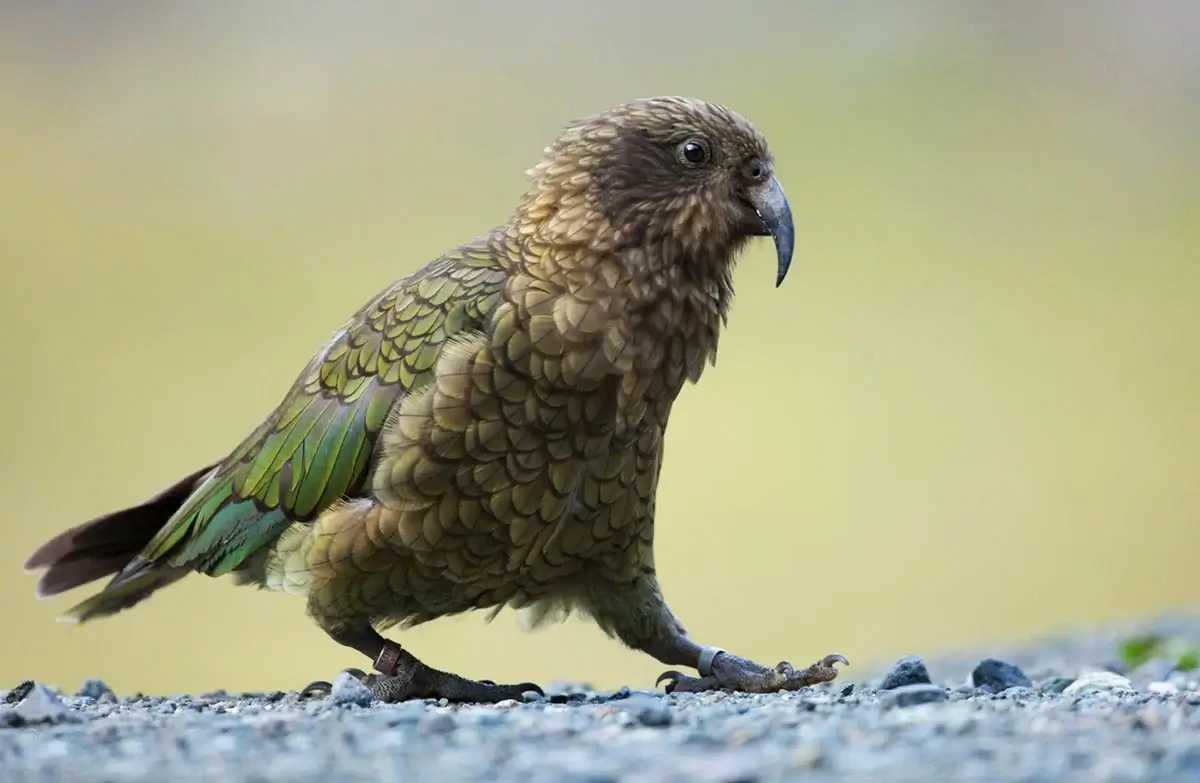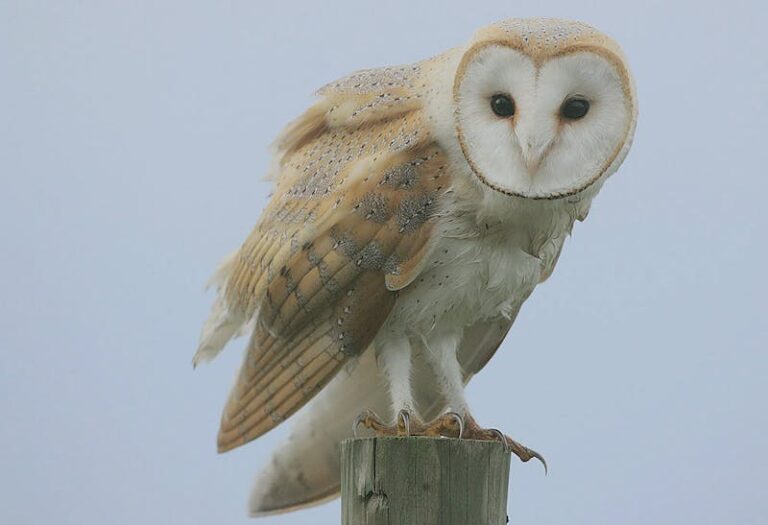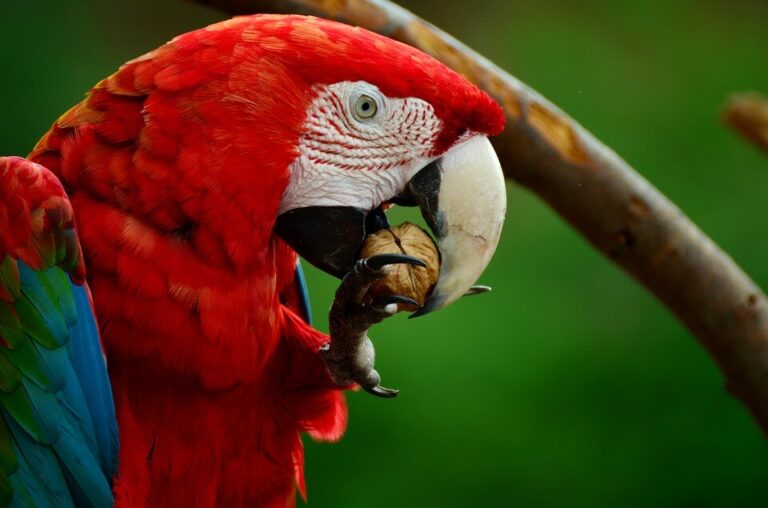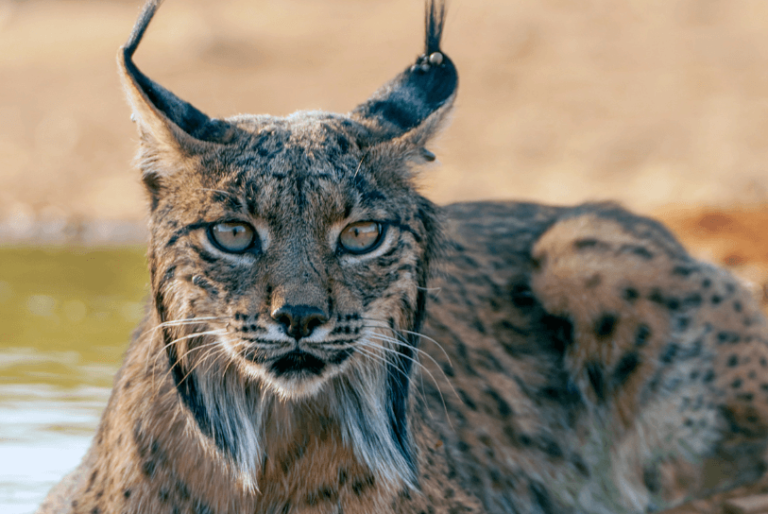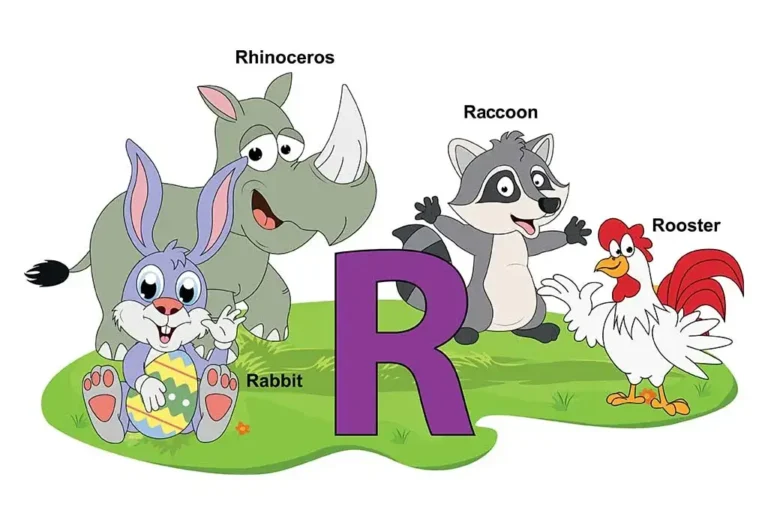Kea: An In-Depth Look at the World’s Only Alpine Parrot
The kea (Nestor notabilis) is a remarkable bird known for its intelligence, curiosity, and mischievous nature. Native to New Zealand’s South Island, the kea is the only parrot species adapted to live in alpine environments.
This article will provide an in-depth exploration of the kea’s scientific classification, physical characteristics, habitat, behavior, diet, reproduction, predators, and conservation status, as well as interesting facts about its evolutionary history and relationship with humans.
Contents
Scientific Classification
- Kingdom: Animalia
- Phylum: Chordata
- Class: Aves
- Order: Psittaciformes
- Family: Nestoridae
- Genus: Nestor
- Species: Nestor notabilis
The kea belongs to the Nestoridae family, which includes other New Zealand parrots such as the kaka (Nestor meridionalis). The kea’s genus, Nestor, is thought to have ancient roots, with origins tracing back to the early days of New Zealand’s isolated evolution.
Physical Characteristics

Kea parrots are medium to large birds, with adults measuring about 48 centimeters (19 inches) in length. They weigh between 800 to 1,000 grams (1.8 to 2.2 pounds), with males slightly larger than females.
- Feathers: The kea’s plumage is primarily olive-green, with bright orange feathers under its wings. This orange coloration is most visible when the bird is in flight, creating a striking contrast against its habitat’s green forests and mountains.
- Beak: Keas has a long, curved beak, which is grey-brown and well-adapted for tearing into thorny vegetation, scavenging, and foraging.
- Feet: Like many parrots, the kea has strong, zygodactyl feet (two toes facing forward and two backward), perfect for gripping and manipulating objects.
Habitat
The kea is found primarily in the alpine and subalpine regions of New Zealand’s South Island. They prefer:
- Alpine Meadows: During the summer, keas are often seen in alpine meadows and rocky outcrops above the tree line.
- Temperate Rainforests: In winter, they descend into lower-altitude temperate rainforests, where they forage for food in more sheltered environments.
- Mountainous Terrain: The kea thrives in rugged mountain landscapes, using its solid wings and agile climbing abilities.
Behavior

Keas are highly social, often seen in groups known as “mobs.” They are notorious for their intelligence and problem-solving abilities, which rival those of primates. Their curiosity leads them to investigate and manipulate objects, sometimes to the detriment of human property (such as cars or camping equipment).
Communication
Keas are vocal birds with a range of calls used to communicate. Their name derives from the sound of their signature “kea” call, often heard echoing through mountainous regions. They also use high-pitched trills and squawks.
Intelligence
Keas are problem-solvers who are capable of complex reasoning and cooperation. Studies have shown their ability to work together to solve puzzles and even use tools. They are also known for their playful antics, often seen rolling stones or engaging in “games” with one another.
Diet
The kea’s diet is omnivorous, allowing it to thrive in various environments.
- Plants: Most of its diet consists of leaves, berries, roots, seeds, and nectar. Keas are particularly fond of tussock grasses, alpine herbs, and fruiting plants like mountain flax.
- Invertebrates: During summer, keas supplement their diet with insects and larvae, which they find by foraging through soil and under rocks.
- Carrion and Scavenging: Keas have been observed scavenging animal carcasses, and in rare cases, they have even been known to prey on other birds and small mammals.
Reproduction
Kea breeding typically occurs between July and January. During this time, females will nest in crevices or under dense vegetation. A typical clutch consists of 2-4 white eggs, which the female incubates for about a month while the male provides food.
- Chick Development: Once hatched, kea chicks remain in the nest for up to 13 weeks before fledging. During this period, both parents feed and care for the young.
- Parental Care: Keas are devoted parents, with both males and females participating in raising the chicks. Juveniles often stay with their parents for several months, learning foraging and social behaviors.
Predators and Threats
While adult keas have few natural predators, their eggs and chicks are vulnerable to introduced mammalian predators such as stoats, possums, and rats. These invasive species have had a significant impact on key populations.
Human activities, such as habitat destruction and persecution, have also threatened kea survival. Keas were historically hunted for their reputation for damaging crops and livestock, although this practice is now illegal.
Conservation Status
The kea is currently listed as Endangered on the IUCN Red List, with fewer than 5,000 individuals remaining in the wild. The primary threats to keas are habitat loss, predation by introduced species, and human-wildlife conflict. Conservation efforts include predator control programs, public education campaigns, and legal protections.
Interesting Facts About the Kea
- Alpine Adaptation: The kea is the world’s only alpine parrot, uniquely adapted to survive in cold, mountainous environments.
- Tool Use: Keas have been observed using sticks and other objects as tools to obtain food.
- Cultural Significance: The kea is considered a “taonga” (treasure) by the indigenous Māori people of New Zealand.
- Playful Nature: Keas are known for their playfulness, often sliding down snowbanks or playing with each other in what appears to be a purely recreational activity.
- Longevity: Keas can live up to 20 years in the wild, with some individuals in captivity living even longer.
Evolutionary History
The kea’s ancestors are thought to have diverged from other parrot species around 5 million years ago, adapting to New Zealand’s unique environment. Fossil records suggest that keas have been present on the South Island for thousands of years, evolving alongside the changing climate and geography.
Keas are part of the Strigopoidea superfamily, which includes other ancient parrots like the critically endangered kakapo (Strigops habroptilus). The isolation of New Zealand provided a unique evolutionary pathway for these birds, allowing them to develop specialized traits suited to their alpine habitat.
Relationship with Humans
The kea’s relationship with humans has been complex. Early European settlers viewed them as pests due to their habit of attacking livestock and damaging crops. In the late 19th and early 20th centuries, bounties were placed on keas, leading to the deaths of thousands of birds.
Today, attitudes have shifted, and keas are now protected under New Zealand law. However, they still face challenges due to their curious nature, often interacting with human structures and vehicles in ways that lead to conflict.
Conclusion
The kea, New Zealand’s alpine parrot, stands out for its remarkable intelligence, vibrant plumage, and adaptability to rugged mountain environments. The kea symbolizes the country’s natural heritage with its complex behavior, diverse diet, and unique evolutionary history.
However, threats like habitat loss, introduced predators, and historical persecution have put the kea at risk. Conservation efforts are crucial to ensuring the survival of this charismatic species, highlighting the need for ongoing protection and awareness. By safeguarding the kea, we preserve a fascinating bird and an integral part of New Zealand’s ecological and cultural landscape.
- Golden Retriever Pros and Cons: What Every Pet Parent Should Know - 15 September 2025
- Cane Corso Dog Breed: Health, Care, and Lifespan - 14 September 2025
- Catahoula Leopard Dogs: Description, Temperament, Lifespan, & Facts - 21 July 2025

